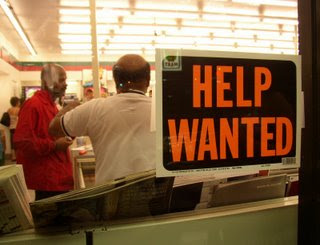
by Eleonora Anello
In the middle of an economic trend in which it is not so easy to find a job, an area appears to refute all the catastrophic and continues quietly to grow. To meet together offer and demand is born GreenJob, thematic network dedicated to the labor market of the Green Economy.
The project was launched in Italy by InfoJobs.it, online recruitment company leader in Europe for internet traffic and number of bids, and TimeStars first magazine devoted to the human being. Take part in the initiative Legambiente, Kyoto Club and QualEnergia that will give visibility to the project in the coming months.
A new communication platform, to leverage opportunities that explains Anna Maria Mazzini, Marketing Manager of Infojob: "GreenJob is a point of access for companies and candidates who are especially sensitive to issues of environmental sustainability: a dedicated search engine allows you to consider job offers "green" and, in addition, each week the site publishes news, advice, and curiosity about the environment ".
Also Infojob, in line with the contents that goes to promote, it conforms to a style of work more sustainable by adopting Greenway, "a decalogue, - says Mazzini - designed by InfoJobs.it and TimeStars, which contains some useful hints and tips for work in an ecosustainable. InfoJobs.it shared the decalogue in the company with all employees and Greenway has been adopted by the entire office to witness the further commitment on these issues”.
Although interesting in its intentions, to be honest job vacancies really green in the Italian portal InfoJobs.it aren’t still many.
In Great Britain, the birthplace of the industrial revolution, since 2002, is online Environment-Job that in January of this year viewed 940,000 pages. A lot.
According to Unep, the United Nations Program for the Environment, this III Industrial Revolution, not only will reduce carbon emissions but also will contain recession. Position now widely shared and dominant in the leader countries of the world.
So the Green Economy will save us from recession as it did in the 90s the New Economy? Difficult question to answer that. Certainly we can say that while the New Economy was based on something very abstract operating on a global market and in some ways immaterial, the Green Economy however rooted in the reality of technological innovation in the service environment, by alternative energy to the integrated management of waste, reducing energy expenditure, slowly infecting like a real green wave all the productive sectors.
Good luck to all the aspiring eco-workers !
More...















